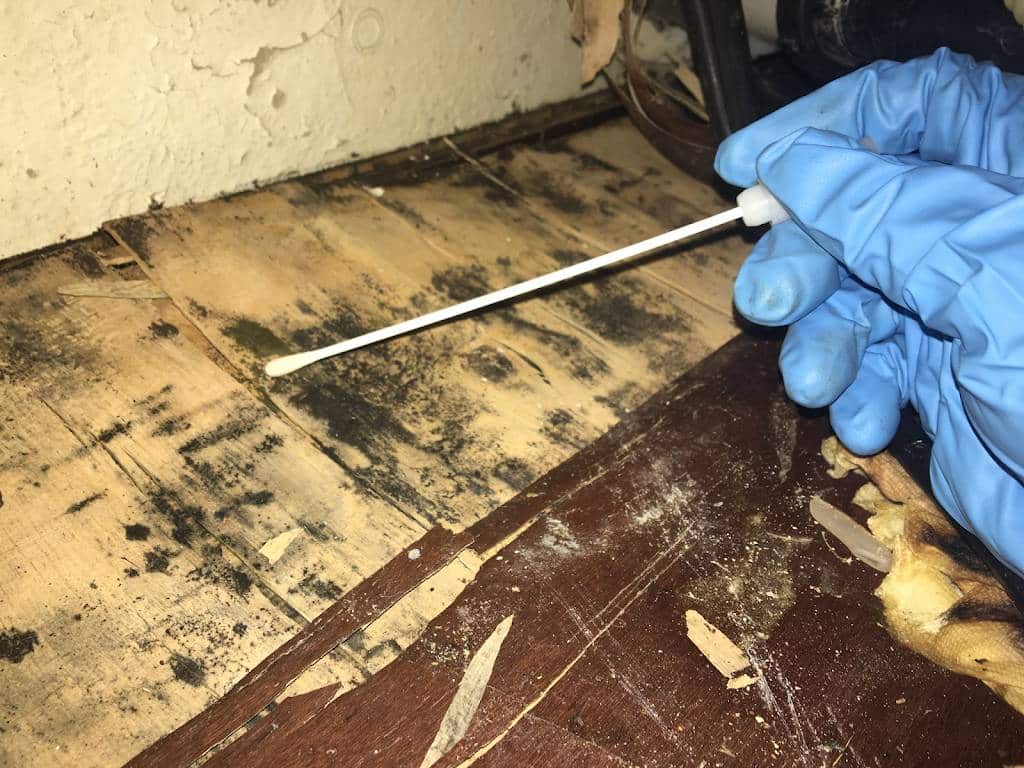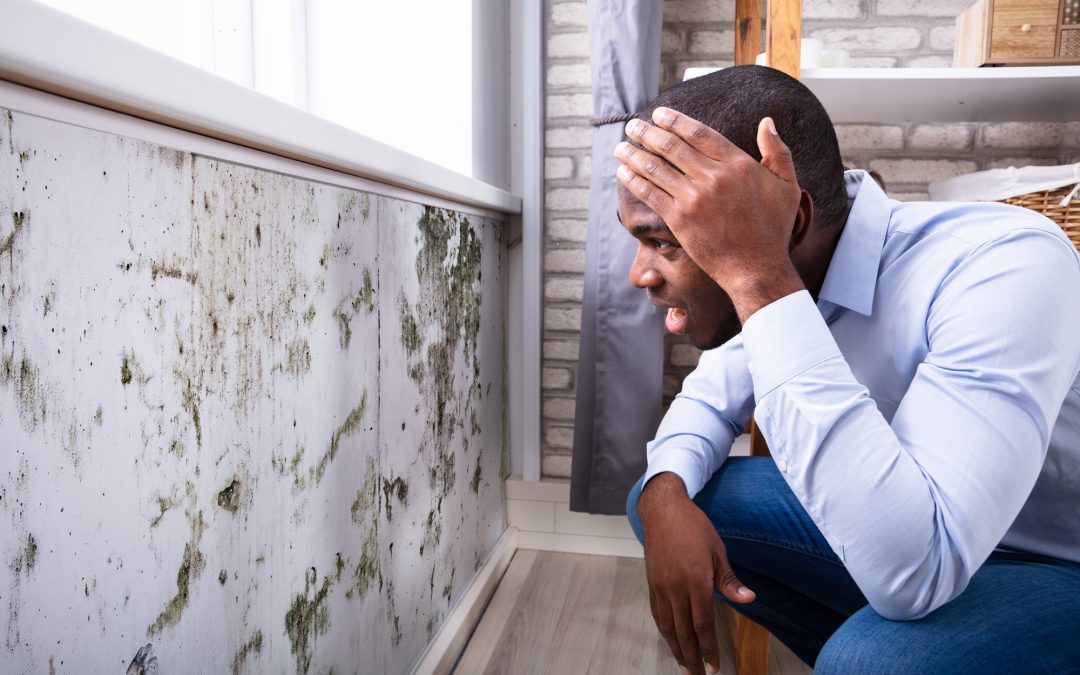Your Ultimate Guide to Article Mold Remediation Methods
Navigating the realm of post-mold removal techniques is a precise process that demands attention to information and a comprehensive understanding of the ins and outs involved. In the results of mold invasion, recognizing how to successfully remove the mold and avoid its reoccurrence is critical for preserving a healthy and balanced indoor setting. From choosing the appropriate cleansing and sanitizing techniques to applying strategies for lasting mold prevention, each action in the remediation trip plays a vital function in ensuring an effective end result. As we embark on this expedition of post-mold removal strategies, we will certainly uncover the vital techniques and ideal techniques that can assist you restore your space to its pre-mold condition and secure it against future mold hazards.
Recognizing Post-Mold Remediation Refine
After completing the mold removal process, it is vital to comprehend the post-mold remediation methods that are needed to guarantee a comprehensive and efficient cleaning. Once the mold and mildew has been removed, the following step involves cleaning and disinfecting the impacted locations to stop any type of regrowth of mold and mildew. This consists of making use of specialized cleansing agents to wipe down surface areas and eliminate any type of continuing to be mold spores. It is necessary to dry the area totally to inhibit the development of mold and mildew in the future (Post Mold Remediation). Appropriate air flow and dehumidification can assist in this procedure.
Moreover, carrying out a last examination post-remediation is vital to make sure that all mold and mildew has been effectively eradicated. If the assessment discloses any type of lingering mold, additional removal might be necessary.
Effective Cleaning and Decontaminating Techniques

Avoiding Future Mold Growth

Relevance of Proper Ventilation
Appropriate air flow plays a vital function in preventing wetness accumulation, a crucial factor in mold growth within interior environments. Efficient ventilation systems help remove excess moisture from the air, minimizing the chances of mold spores discovering the dampness they need to spread out and sprout. Without adequate ventilation, interior rooms can end up being a reproduction ground for mold and mildew, resulting in possible health and wellness dangers and architectural damages.
By making certain correct air blood circulation, air flow systems can also help in drying damp locations quicker after water damage or flooding occurrences, even more discouraging mold and mildew growth. what to do after mold remediation. Precede like bathrooms, cooking areas, attic rooms, and cellars where moisture levels often tend to be higher, mounting and keeping efficient ventilation systems is vital in stopping mold and mildew problems

Surveillance and Upkeep Tips
Offered the essential duty that appropriate air flow plays in avoiding mold growth, it is crucial to develop effective monitoring and upkeep ideas to make certain site the ongoing performance of ventilation systems. Normal assessments of ventilation systems should be conducted to look for any kind of indications of blockages, leaks, or breakdowns that can hinder proper airflow. Tracking moisture degrees within the home is also critical, as high moisture can contribute to mold and mildew growth. Setting up a hygrometer can aid track humidity degrees and sharp homeowners to any type of spikes that might need focus. In addition, ensuring that air filters are on a regular basis cleansed or replaced is essential for keeping the efficiency of the air flow system. Carrying out a routine for routine upkeep tasks, such as duct cleaning and cooling and heating system evaluations, can assist stop problems before they intensify. By remaining proactive and alert to the problem of air flow systems, building proprietors can successfully mitigate the danger of mold regrowth and keep a healthy and balanced indoor setting.
Final Thought
In conclusion, post-mold remediation techniques are crucial for making sure a risk-free and tidy atmosphere. Understanding the procedure, applying reliable cleansing and decontaminating techniques, stopping future mold development, keeping correct air flow, and Click This Link normal surveillance are all essential action in the remediation process. By complying with these standards, you can effectively get rid of mold and stop its return, working or promoting a healthy and balanced living area for all passengers.
In the results of mold problem, understanding exactly how to efficiently remove the mold and avoid its reoccurrence is vital for preserving a healthy indoor setting. When the mold has been gotten rid of, the next action involves cleaning and sanitizing the influenced areas to protect against any type of regrowth of mold - Post remediation mold testing near me. After removing visible mold and mildew development, it is crucial to clean all surface areas in the affected area to get rid of any remaining mold and mildew spores. To additionally boost mold and mildew avoidance measures, it is important to resolve underlying issues that initially led to mold growth.Given the critical role that correct ventilation plays in protecting against mold growth, it is critical to develop efficient monitoring and maintenance ideas to guarantee the ongoing capability of air flow systems